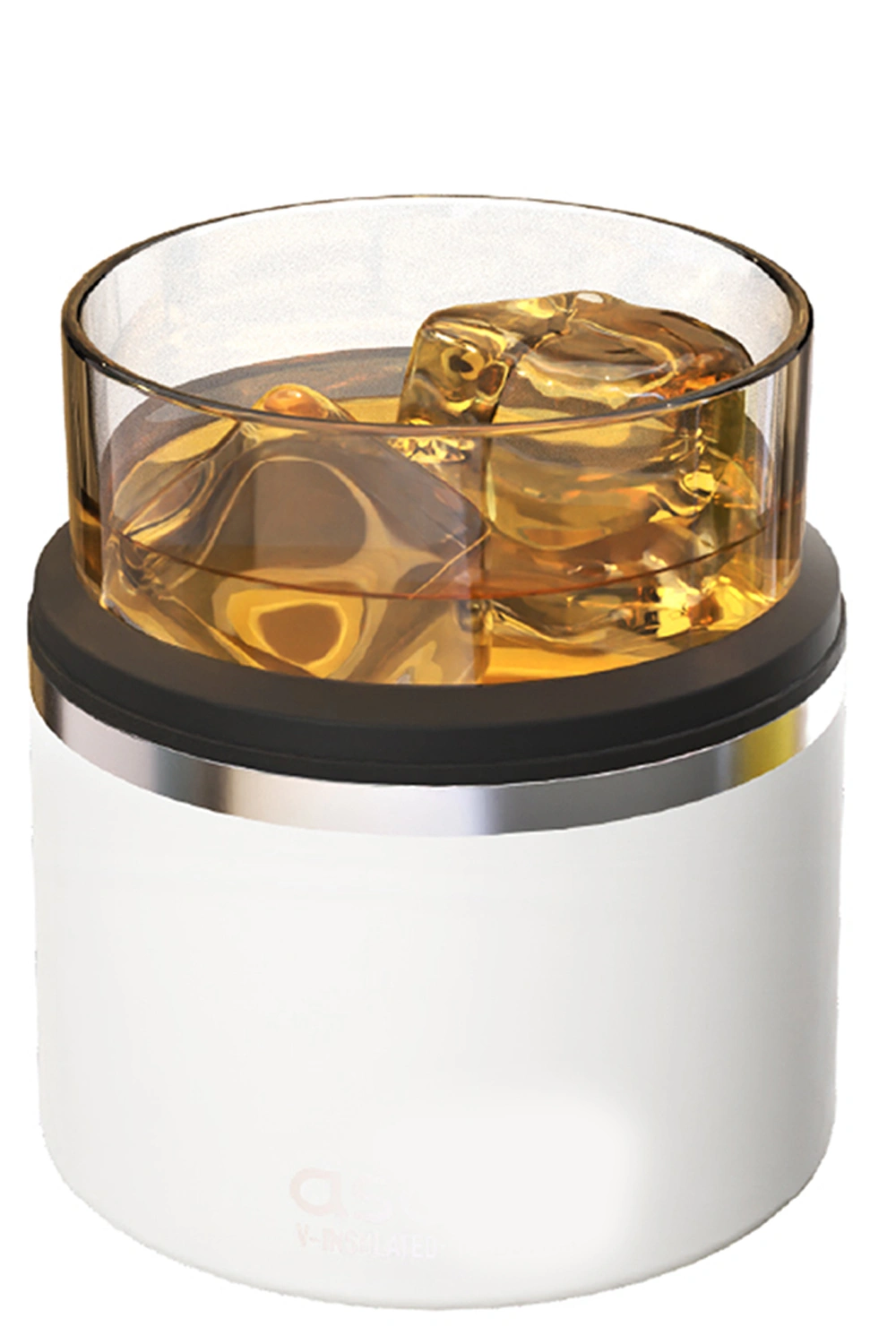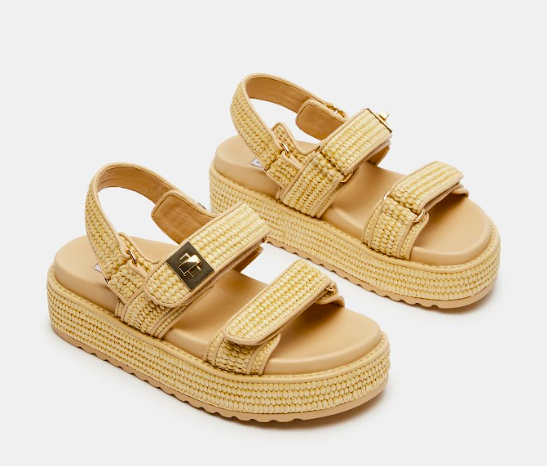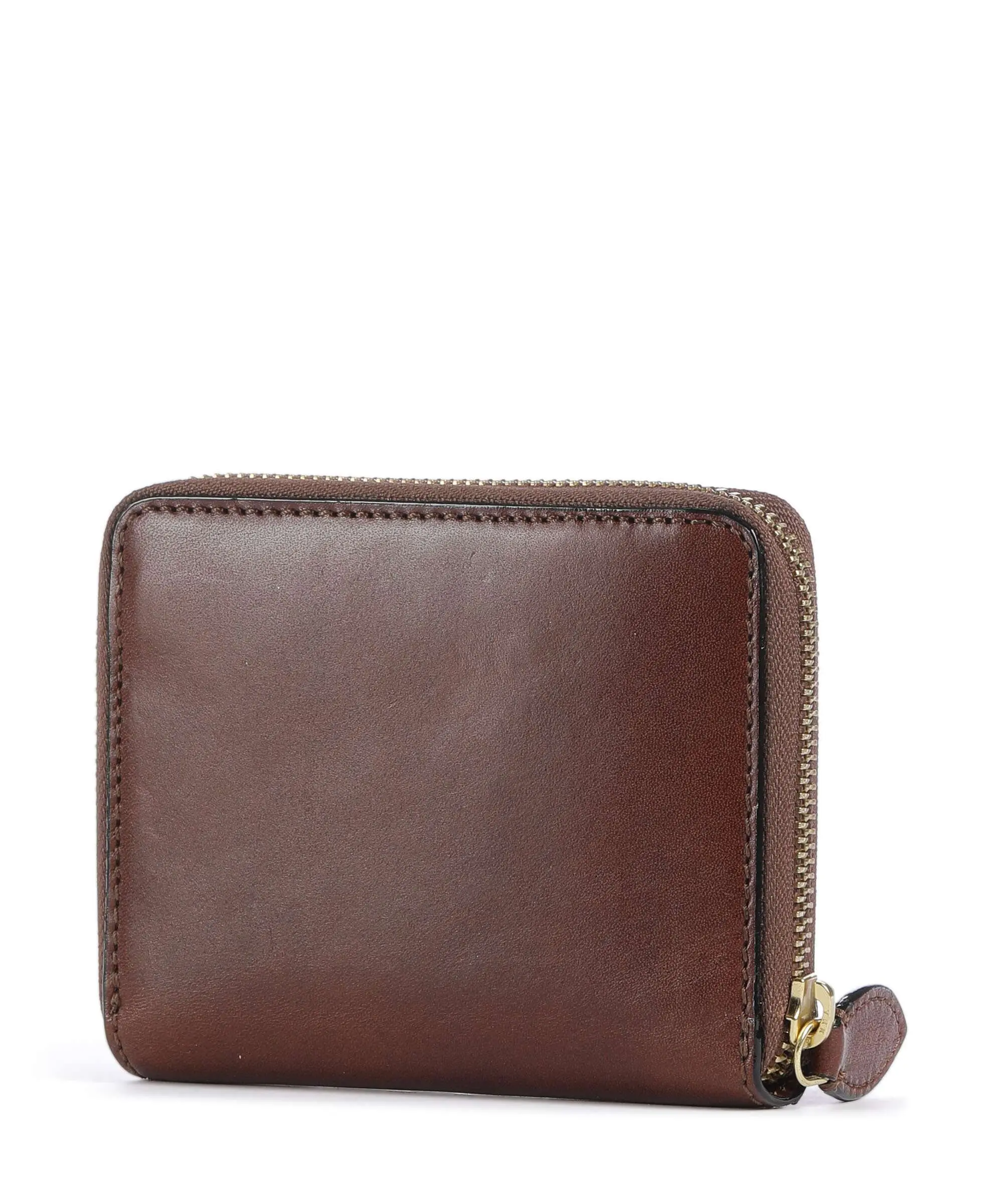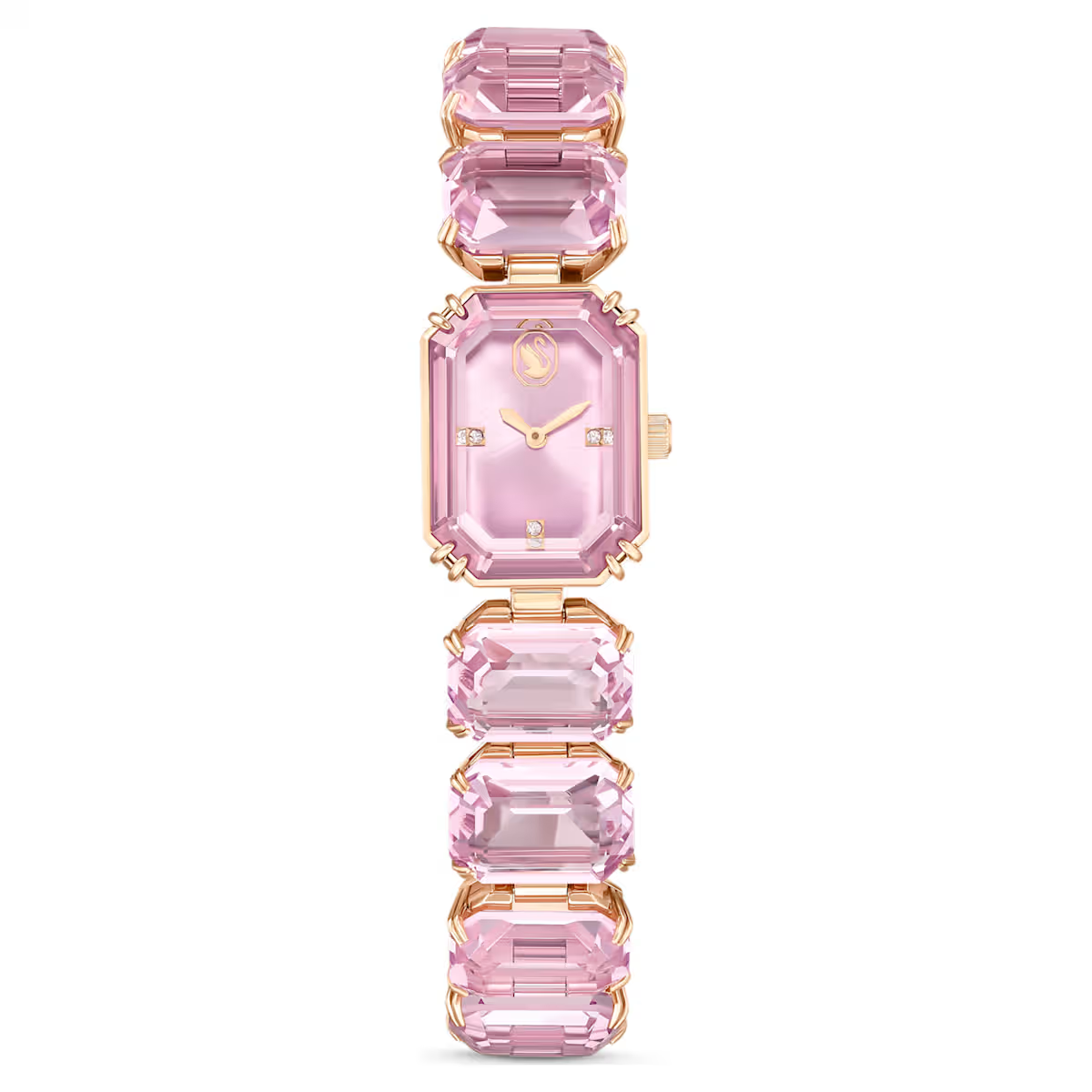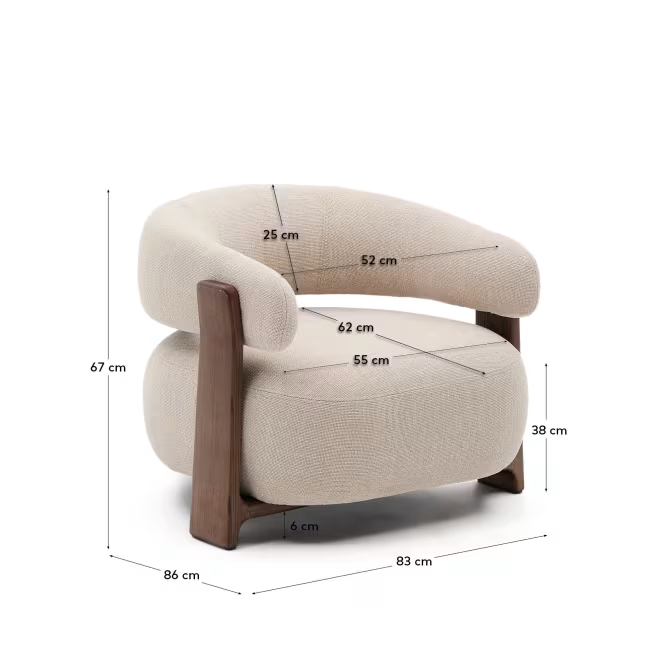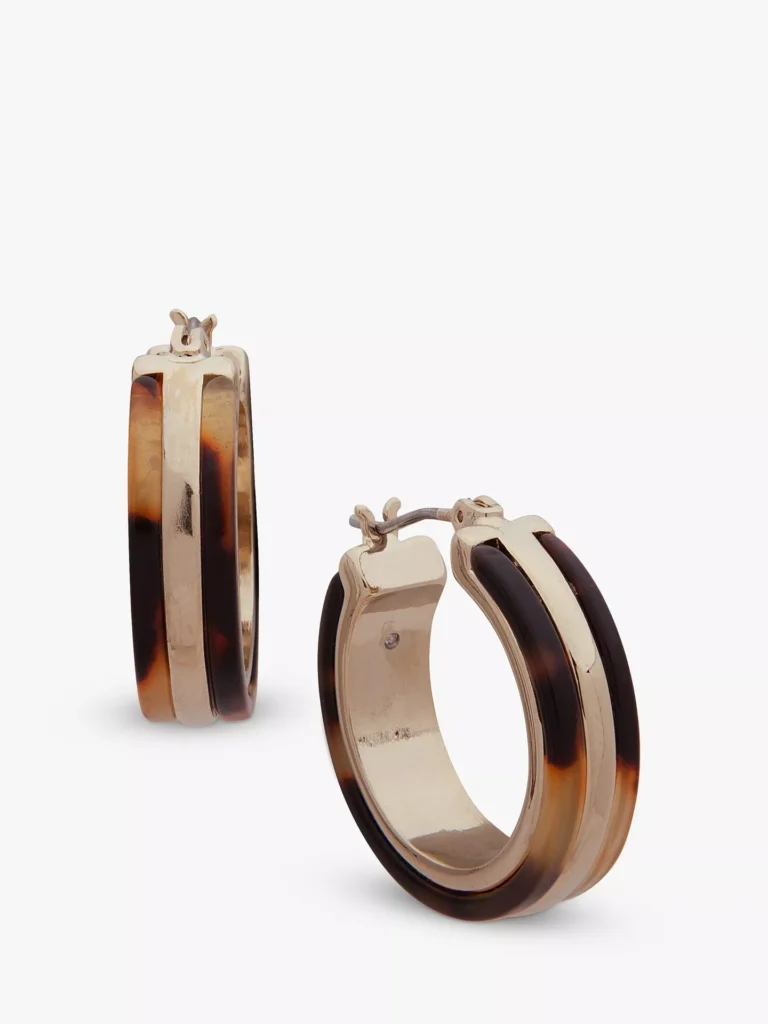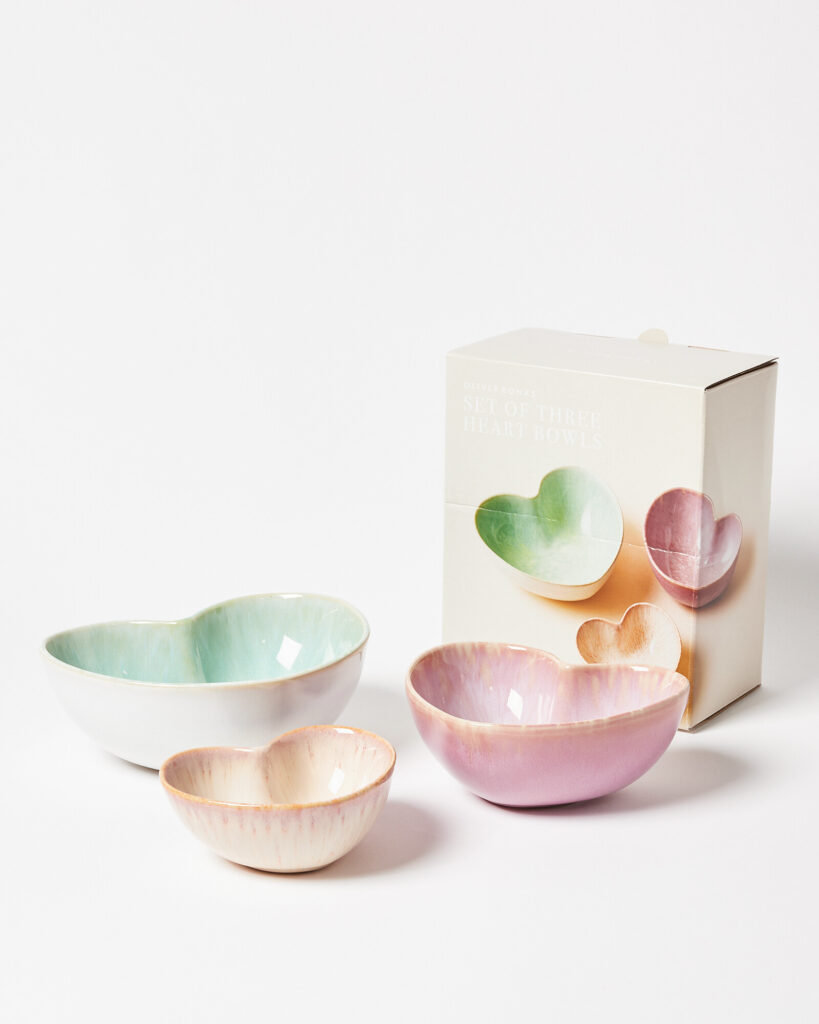Great whiskey doesn’t need theatrics—just the right temperature and time to open up. The problem? Ice melts. It mutes aroma, washes out texture, and turns your last sip into a watery shrug. The Asobu Whiskey Glass With Insulated Stainless Steel Sleeve (311 ml) solves this neatly: you enjoy real glass against your lips and nose, while a removable stainless sleeve keeps the bowl cool and your hand warm—no condensation rings, no melt, no rushed drinking window.
In this guide, we’ll turn that idea into a repeatable ritual: when to pre-chill, how to pick the perfect serving temperature, which pours benefit most, how to pair snacks, and the maintenance routine that keeps everything pristine for years.
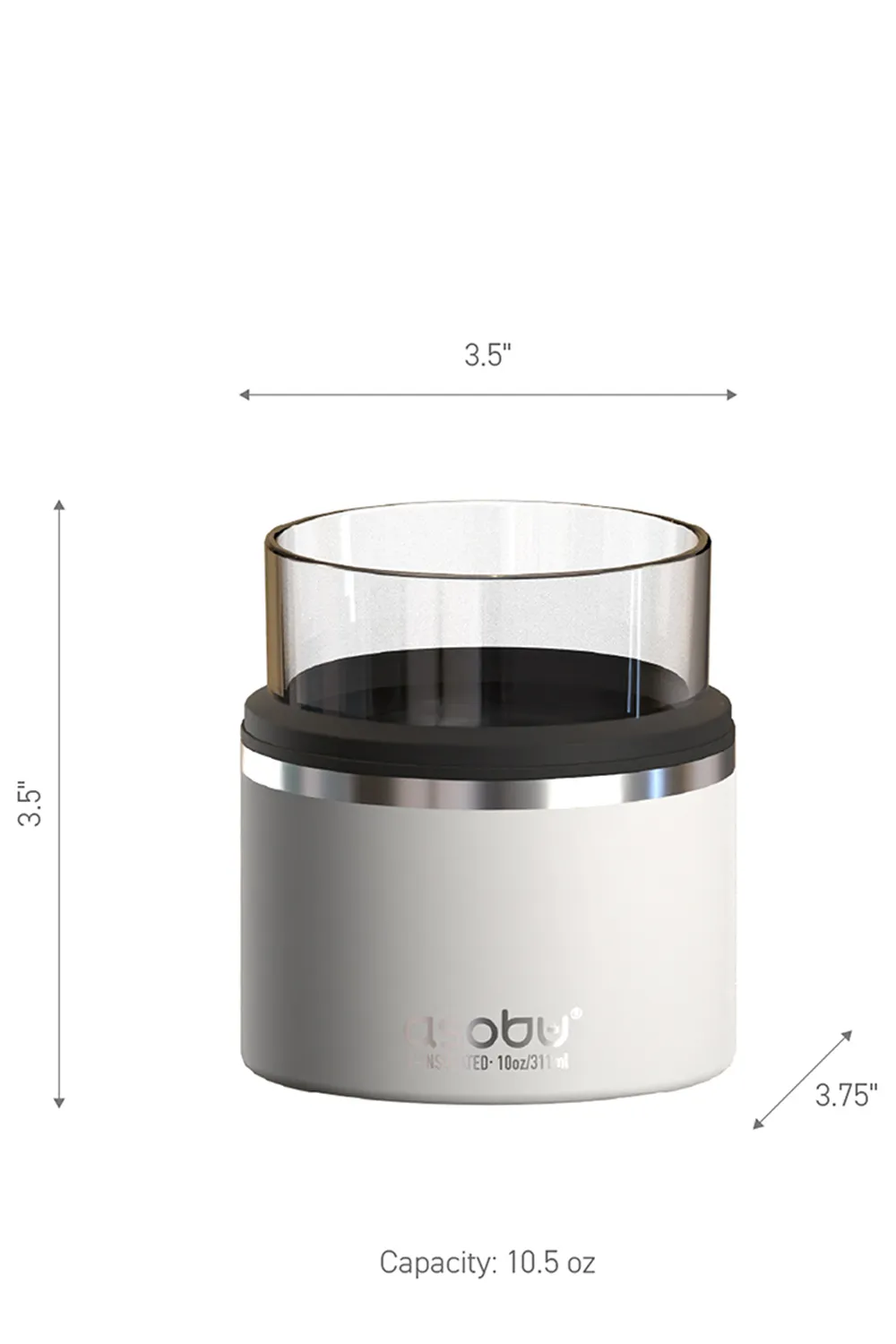
Why Insulation Beats Ice (Most Nights)
Ice has one job: drop temperature fast. It also has one unavoidable side effect: dilution. The Asobu Whiskey Glass With Insulated Stainless Steel Sleeve flips the equation. The inner glass bowl shapes aroma; the outer sleeve reduces heat transfer from your hand and room air. That extends the “Goldilocks window” (the 8–15 minutes when whiskey smells and tastes its best) to a leisurely half hour or more, depending on room temp, without a single drop of meltwater. Bonus: no condensation puddles on your desk or side table.
Serving Temperature: The Sweet Spot for Bourbon, Rye, and Scotch
Temperature controls aroma volatility and mouthfeel. Use this simple playbook:
- Neat, room temp (18–21 °C / 64–70 °F): Ideal for cask-strength pours you want to evaluate honestly. The sleeve maintains “true” temp so you can add a few drops of water with intent—not because the glass warmed.
- Slightly cool (12–16 °C / 54–61 °F): Great for high-rye spice or young bourbons; a mild chill tames ethanol prickle and lets vanilla/caramel bloom.
- Cool (8–12 °C / 46–54 °F): Works for sweeter finished whiskies (port/sherry cask) when you want syrupy texture without ice.
How to hit the mark: refrigerate the Asobu Whiskey Glass With Insulated Stainless Steel Sleeve for ~30–60 minutes, or tuck just the sleeve in the freezer for 10–15 minutes while the glass stays room temp. Assemble before pouring.
Neat vs. With Water: Precision Wins
Insulation keeps dilution at zero, but water can still be your friend—by the drop. Many whiskies open aromatics with 2–6 drops of still water (use a straw or dropper). Add, swirl gently, wait 30 seconds, and re-smell. Because the sleeve preserves the starting temp, you can notice the difference cleanly. If you prefer a more relaxed sip without heat, pre-cool the sleeve and add two drops rather than tossing a cube.
Aroma & Bowl Shape: Why Glass Matters
Metal is great at temperature control, but it’s glass that shows colour and collects aroma. The inner bowl of the Asobu Whiskey Glass With Insulated Stainless Steel Sleeve curves scent upward, so you can hover your nose above the rim without ethanol blast. Swirl lightly; the ridgeless interior keeps legs smooth and prevents turbulence that can skew first impressions. Take two sniffs: one with mouth closed (top notes), one with a slightly open mouth (richer bass notes).
Build Your “Weeknight Flight”: Three Pours, One Glass
Use the 311 ml capacity to explore without overpouring. Try a simple trio:
- High-rye bourbon (45–50% ABV): Pre-cool the sleeve to 12–16 °C. Expect spice (clove, cinnamon) and caramel. Add 2 drops water after first sip.
- Sherry-finished Scotch (43–48% ABV): Room-temp glass + sleeve. Look for raisin, fig, walnut. No water first; add later if needed.
- Cask-strength single malt (50–60% ABV): Room temp; start with tiny sips, then add water dropwise until fruit and malt show.
Rinse the glass with warm water between pours, dry with a lint-free cloth, and keep the sleeve cool but not icy.
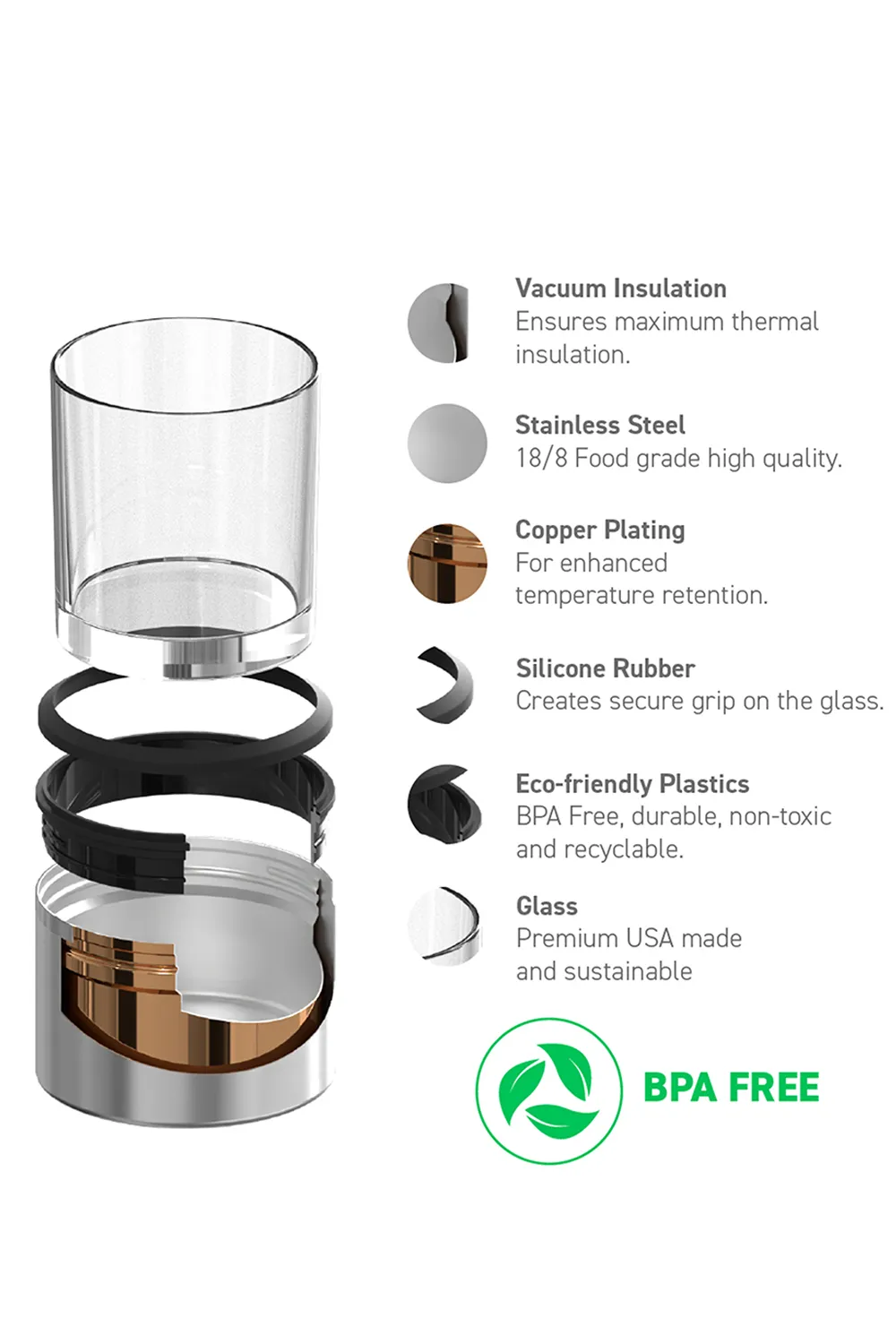
Snacks that Actually Elevate Whiskey (Not Fight It)
Forget heavy desserts. You want fat + salt + crunch without sugar bombs.
- Marcona almonds, toasted pecans, or smoked nuts: Fat cushions alcohol; roast notes mirror barrel char.
- Aged cheddar or Comté: Umami boosts caramel/vanilla; a crack of black pepper echoes rye spice.
- Dark chocolate (70–80%): For sherry finishes and port casks; cocoa bitterness tightens sweet edges.
- Charcuterie (prosciutto, bresaola): Salt and protein reset your palate between sips.
Plate small; replenish rather than stacking a platter that steam-softens.
One Hybrid Block (Bullets + Guidance): The “Zero-Rush” Pour
- Chill plan: Sleeve in fridge 45 min (or freezer 15); glass stays room temp.
- Measure: 30–45 ml for neat; 60 ml max if you know the bottle.
- Nose twice: Closed-mouth, then slightly open-mouth.
- Sip slow: 3–5 small sips before any water.
- Adjust: 2–6 drops water; swirl; re-assess.
- Enjoy the runway: The sleeve holds temp so conversation > clock-watching.
Whiskey Stones vs. Insulated Sleeve
Stones drop temp but can clack, chip thin glass, and still dampen aroma as the liquid cools unevenly. The Asobu Whiskey Glass With Insulated Stainless Steel Sleeve cools indirectly—no foreign objects, no impact risk, and a steadier temperature curve. If you love stones aesthetically, you can use them next to the ritual (as a prop), but for taste and texture, insulation is the quietly superior tech.
Desk, Sofa, Patio: Real-Life Use Cases
- Desk tastings: Condensation-free means no coaster hostage situation under your notebook.
- Sofa nights: The sleeve’s outside stays comfortable; warm hand, cool whiskey.
- Patio evenings: Gentle breeze? No problem—the temperature buffer resists sudden warming and keeps glass fog at bay.
Care & Cleaning: Keep Glass Crystal-Clear, Sleeve Fresh
- Disassemble: Separate glass from sleeve before washing.
- Hand-wash glass: Warm water + drop of mild soap; avoid harsh pads. Rinse hot → cold; air-dry bowl-down on a rack.
- Wipe sleeve: Damp cloth with gentle soap; dry immediately. Avoid abrasive powders that can mark the finish.
- Odours: If sleeve picks up aromas, wipe with diluted white vinegar, then rinse and dry fully.
- No thermal shock: Don’t move the glass from freezer to hot water or vice versa; let it temper to avoid stress cracks.

Hosting Moves: Make It Look Effortless
- Pre-flight four sleeves in the fridge; keep glasses polished and ready at room temp.
- Place a tiny water carafe and glass dropper on the tray—signals “we add water with purpose here.”
- Menu card: List three pours with tasting notes and the ideal starting temp. One line each; guests love direction.
- Soft lighting + neutral coasters: The stainless sleeve throws a gentle sheen; let it star.
Travel & Gifting
For weekend getaways, wrap the glass in a soft cloth and nest it inside the sleeve for padding (then into a pouch). As a gift, pair the Asobu Whiskey Glass With Insulated Stainless Steel Sleeve with a 50 ml mini of your favourite bourbon and a handwritten card explaining the “no-melt ritual.” Instant upgrade from generic rocks glasses.
Troubleshooting: Quick Fixes
- Whiskey seems muted: You may have over-chilled. Let the pour rest 5–10 minutes or warm the bowl slightly by cradling the sleeve near the rim (not the glass).
- Condensation appears: Room humidity is high or sleeve wasn’t pre-chilled; pop sleeve in fridge for 15 minutes and try again.
- Metallic smell: Clean sleeve with mild soap + diluted vinegar, rinse thoroughly, dry completely. Smell usually comes from external contaminants, not the steel itself.
- Glass stuck in sleeve: Temperature vacuum. Run a little cool water on the sleeve exterior, twist gently—not forcefully—while pulling straight up.
Small Experiments That Teach Your Palate
- Two-glass A/B: Same whiskey, one with pre-chilled sleeve, one with room-temp sleeve. Sip back-to-back; note aroma lift and texture.
- Drop count: Start with 2 drops water, then 4, then 6—find the click point where fruit/spice jump.
- Time lapse: Nose at 0, 5, 10, 20 minutes. With insulation, you’ll smell more evolution and less “warm ethanol.”
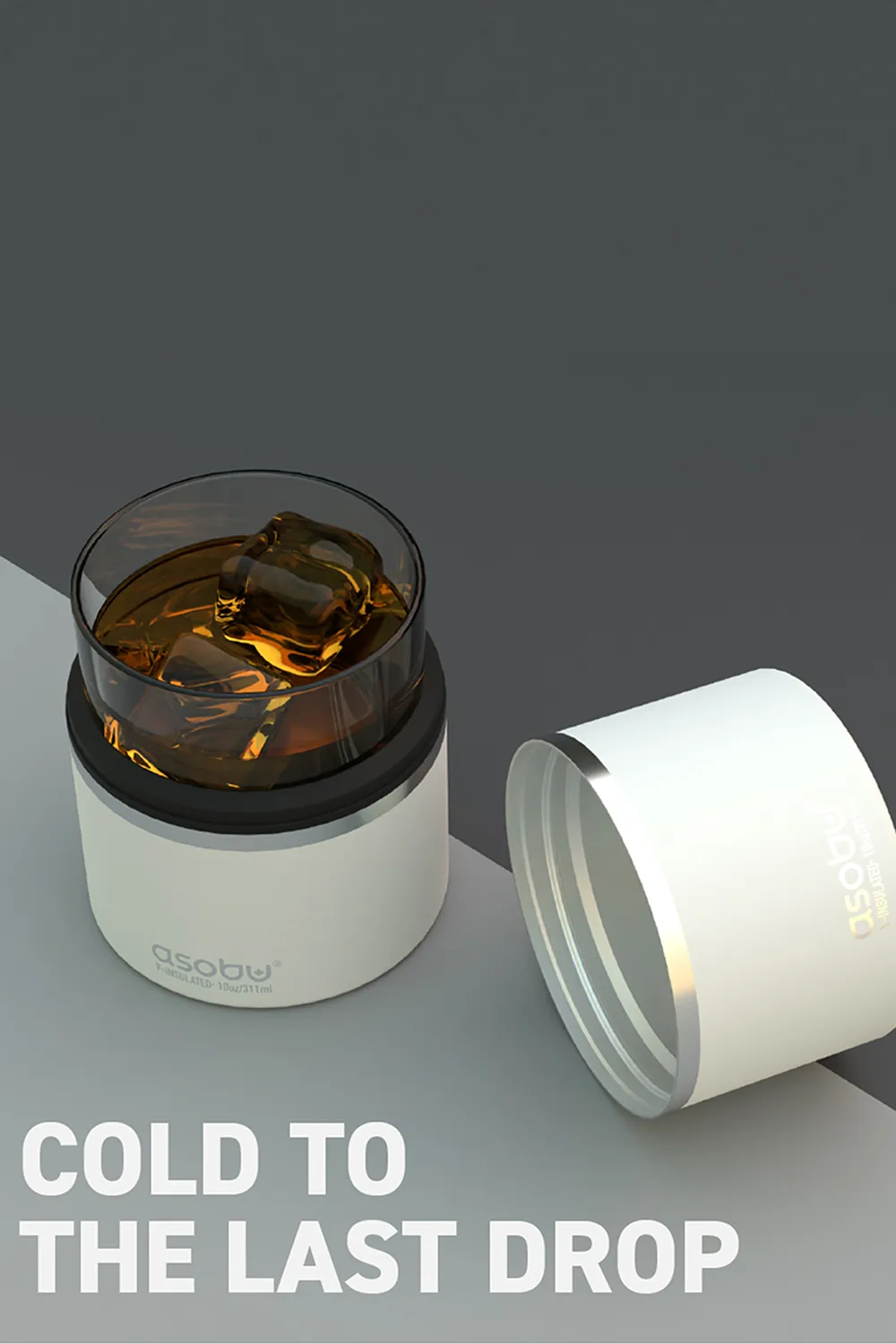
Conclusion
A better whiskey night isn’t about a bigger bar—it’s about better control. The Asobu Whiskey Glass With Insulated Stainless Steel Sleeve gives you that control: glass for aroma and clarity, stainless insulation for a long, calm runway with zero melt. Pre-chill smartly, pour modestly, adjust with a few purposeful drops of water, and pair with simple savoury snacks. Keep the glass polished, the sleeve fresh, and a tiny dropper on the tray. You’ll taste more, rush less, and finish on the same high note you started.
FAQ
- Does the insulated sleeve make whiskey too cold?
Not if you pre-chill sensibly. Aim for 12–16 °C for most pours; let it warm in-glass if needed. The point is a longer, stable window—not ice-cold. - Can I still add ice if I want?
Of course. The benefit here is choice. Use a large clear cube for slow dilution, or go ice-free with a pre-chilled sleeve when you want the flavours undiluted. - How much whiskey should I pour?
30–45 ml is perfect for neat tasting. The 311 ml capacity leaves room to swirl and nose without spills. - Will the sleeve sweat or leave rings?
No—the insulation minimizes condensation, keeping desks and tables dry. - Is it dishwasher-safe?
Hand-wash the glass to keep it pristine and wipe the sleeve with a damp cloth. If you do use a dishwasher for the glass, top rack only; keep the sleeve out. - Why not just use whiskey stones?
Stones chill unevenly, can clack or chip glass, and still dampen aroma at very low temps. The sleeve cools indirectly and more evenly—no dilution, no hazards. - What spirits besides whiskey work well?
Aged rum, brandy/Armagnac, and amaro all benefit from controlled chill without dilution. The glass’s bowl shape is versatile for slow sips. - Any gift ideas to bundle with the glass?
Pair the Asobu Whiskey Glass With Insulated Stainless Steel Sleeve with a 50 ml mini, a pocket dropper, and a bag of Marcona almonds for a ready-made tasting kit.

